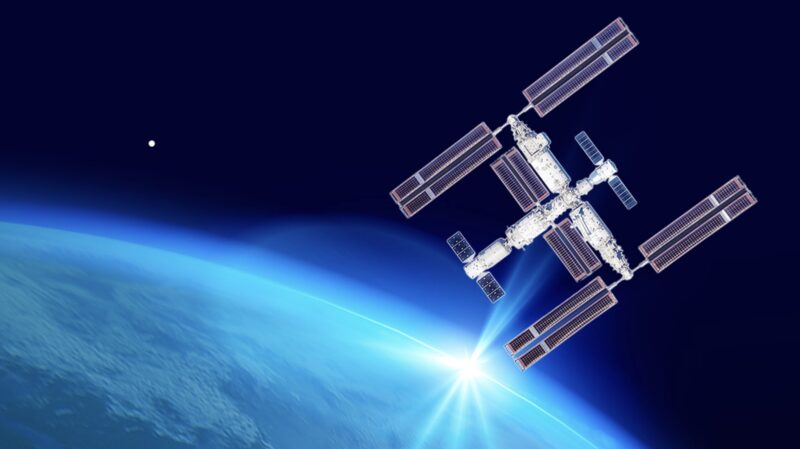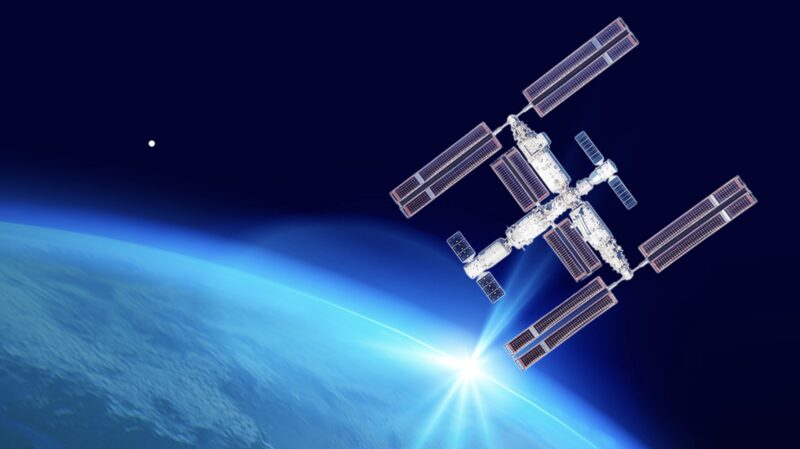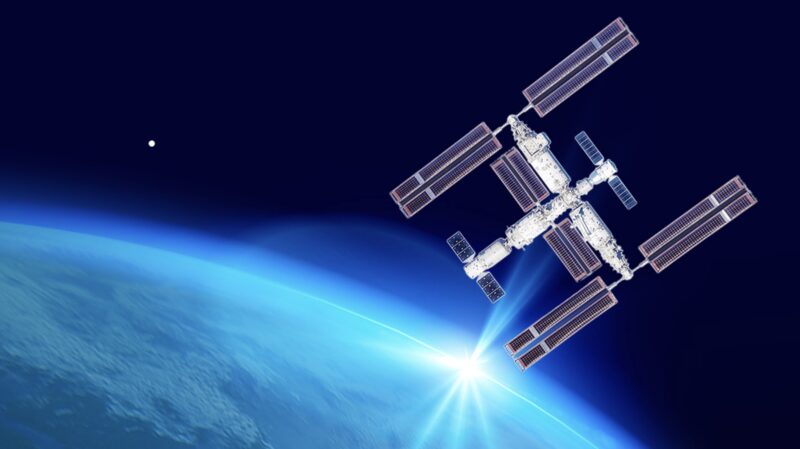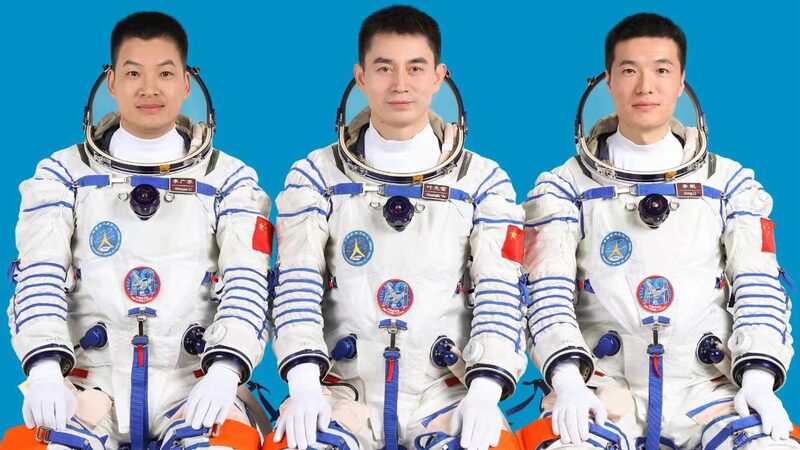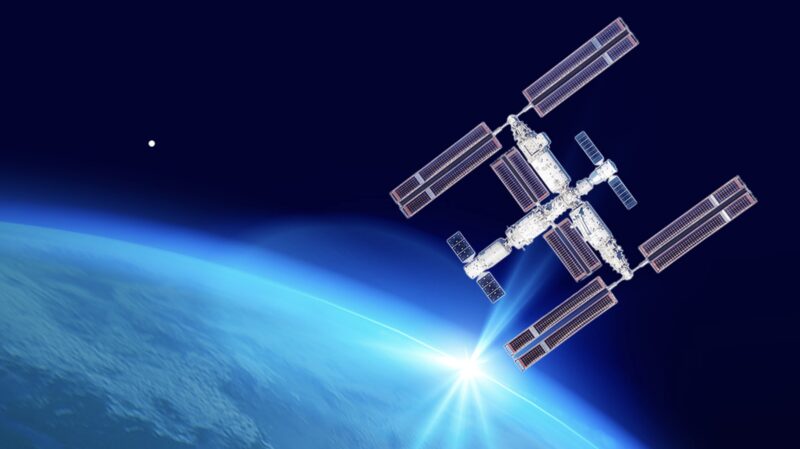In a significant milestone for space exploration, the China Manned Space Agency (CMSA) unveiled its first comprehensive report on the scientific research and applications conducted aboard China's space station since its full completion on December 31, 2022.
The report highlights 34 groundbreaking results across various scientific domains. These include 13 achievements in space life and human research, 12 in microgravity physical science, and nine in new space technology and applications.
Among the notable accomplishments are the development of the first germplasm resources of rice and ratoon rice in space, marking a significant advancement in agricultural science. Additionally, scientists achieved the first differentiation of human embryonic stem cells into hematopoietic stem/precursor cells in the microgravity environment of space, paving the way for innovative medical research.
The report also details the creation of the world's first cold atom interference gyroscope operating under space microgravity conditions, enhancing our understanding of fundamental physics. Furthermore, the establishment of a high-throughput in-orbit microbial control test platform and the longest-running water ecosystem in orbit showcase China's commitment to environmental and biological research in space.
These achievements stem from 181 scientific and application projects implemented aboard the space station up to December 1, 2024. The extensive research efforts involved transporting nearly two tonnes of scientific materials to the station, returning approximately 100 different types of experimental samples to Earth, and generating over 300 terabytes of scientific data.
Collaboration has been key to these successes, with 63 scientific research teams across China contributing to the projects. Their collective efforts have resulted in the publication of more than 500 high-level scientific papers and the acquisition of over 150 patents, underscoring China's growing influence in space science and technology.
Looking ahead, the CMSA announced plans to carry out more than 1,000 research projects over the next 10 to 15 years, emphasizing the importance of scientific popularization and international cooperation. This ambitious agenda aims to further enhance humanity's understanding of space and drive technological innovation.
Since entering its application and development stage on December 31, 2022, China's space station has been operating smoothly, successfully completing multiple manned missions. These include four manned flight missions, three cargo supply missions, and four spacecraft reentry missions. To date, five trios of Chinese taikonauts have stayed or are currently aboard the station, conducting a total of 10 extravehicular activities.
The selection process for the fourth cohort of Chinese taikonauts has been confirmed, signaling China's continued commitment to advancing its human spaceflight program.
Reference(s):
China releases first report on space station research and application
cgtn.com
